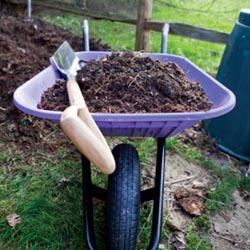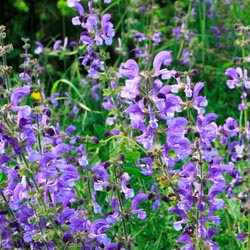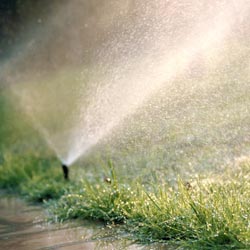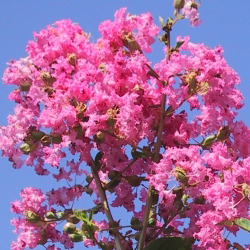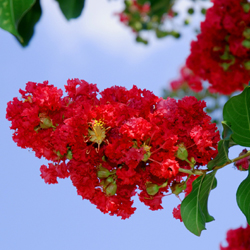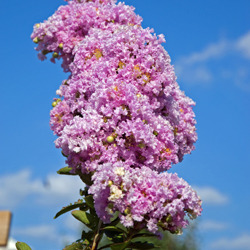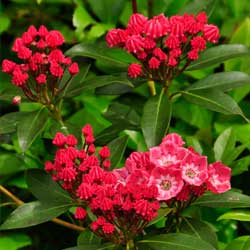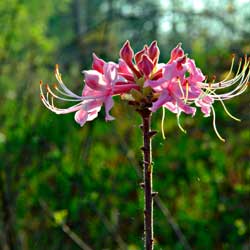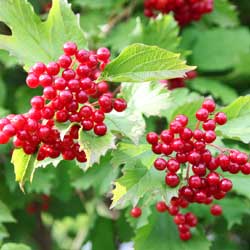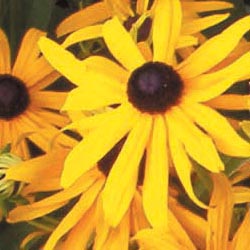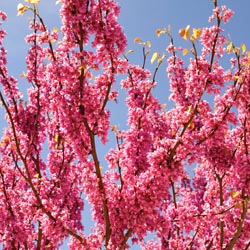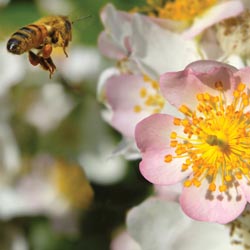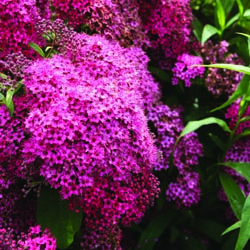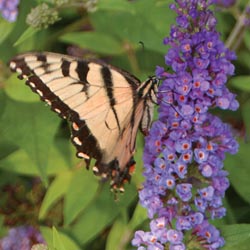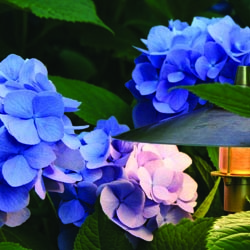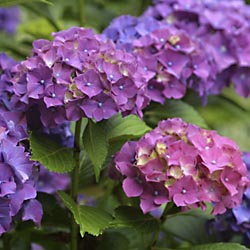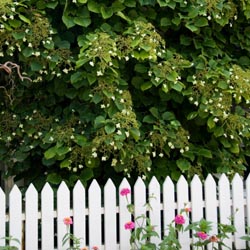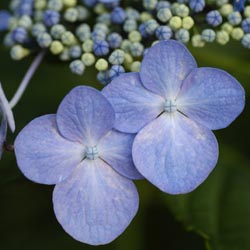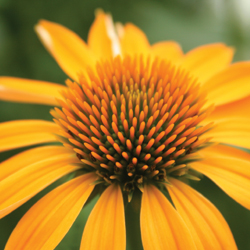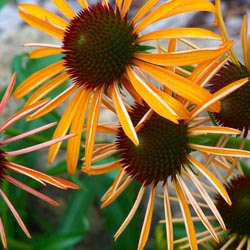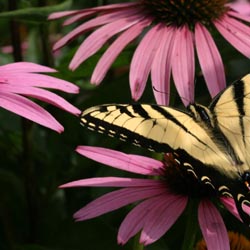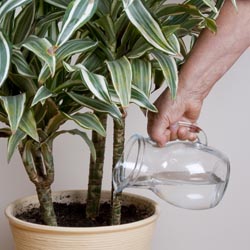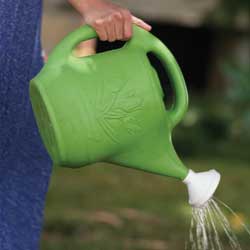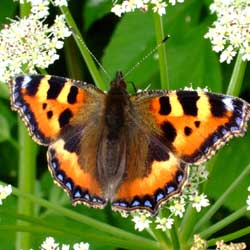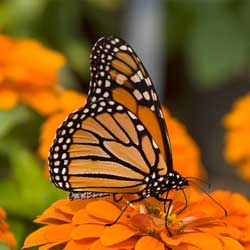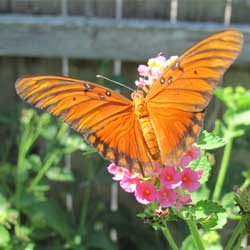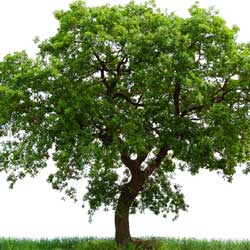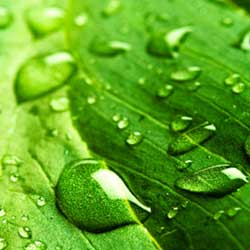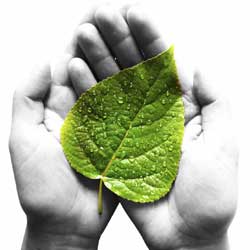Because plants require moisture to grow and thrive, your garden will probably suffer during periods of low rainfall and intense heat. Insufficient soil moisture will result in smaller flowers and fruit, stunted plant growth, decreased root development and increased plant disease and insect damage. Fortunately, there are many things that you can do to minimize the impact of drought on your garden.
Save Your Soil
Soil is like a sponge that holds and releases all the ingredients that your plants need to survive. Soils that drains quickly, such as sandy or rocky soil, will speed up and increase the effects of drought as water flows away from plant roots. The best way to correct this problem is to amend your soil with organic matter. Amending your soil adds to its moisture retaining ability, adds nutrients essential for plant health and increases soil aeration for ease of root growth. Good choices include:
- compost
- composted manure
- composted or shredded leaf litter
- mushroom soil
- dried grass clippings
- earthworm castings
First, amend soil immediately around plants, in landscaping beds and in the garden, but aim to amend all your soil and lawn eventually to improve its condition and drought-resistance.
Choose Drought-Tolerant Plants
Drought-tolerant plants are adapted to grow well in regions of low rainfall. These plants require minimal water to survive. When planting, try to group plants with the same water requirements together in an area best suited to their tolerance. Plants best adapted to dry conditions include:
- locally native plants
- plants with deep taproots
- plants covered with hair
- tiny leaved plants
- succulents and cacti
Swapping out just a few water-hogging plants for more drought-tolerant options in your landscape can have a remarkable impact on saving water and still having a lush garden.
Use Drought-Friendly Watering Techniques
During a drought, you will need to water your garden, flowerbeds and lawn more thoughtfully to keep them well-watered but without waste or excess evaporation. The best way to water a garden is by drip irrigation or a soaker hose. Soaker hoses allow deep watering without runoff. Moisture goes directly into the soil where every precious drop can be absorbed by plant roots. With conventional overhead watering methods, about 35 percent of the water used is wasted due to evaporation. Time saving tip: Install a timing device with a moisture sensor to automatically turn your irrigation system on and off as required relative to any rainfall.
Sprinklers should be used primarily for lawns. Newly seeded or sodded areas must be watered daily during the summer months until established, then frequently through the first growing season. Rain gauges are good for checking the amount of rainfall or for sprinkler placement. Lawn Tip: Do not cut lawns shorter than 3” in the summer. This will shade the soil surface to allow the soil to remain cooler. Also, use a mulching mower to return moist clippings to the soil.
Containers and hanging baskets should be checked for watering every day. Watering wands are used for watering containers and hanging baskets, as they give a gentle spray without splashing the soil. Container Tip: When planting your pots and hanging baskets, incorporate moisture retaining polymers into the soil. When the soil starts to dry it will pull from this reserve.
Make Use of Mulch
After watering, you will want to conserve as much soil moisture as possible. Place at least 2-4 inches of mulch on the soil surface in the planting bed. Mulches help prevent soil moisture evaporation and reduce surface runoff, as well as minimizing weeds that would compete for any available moisture. Ideal mulches include:
- wood chips
- shredded bark
- pine needles
- grass clippings
- decorative rocks
- synthetic mulches
With some thoughtfulness about your plants’ watering needs and how to meet those needs, it’s easy to deal with drought conditions without sacrificing your plants.
